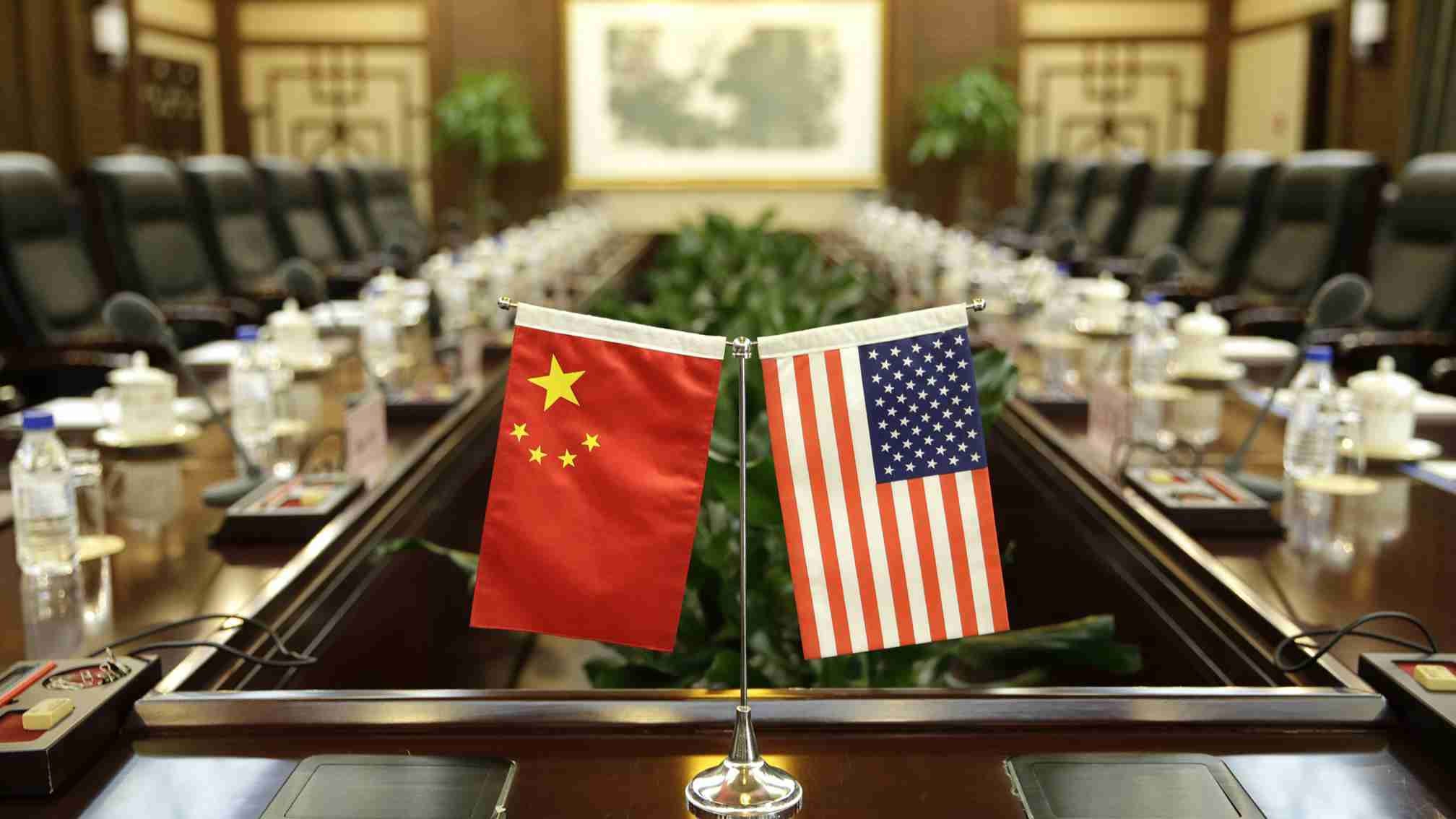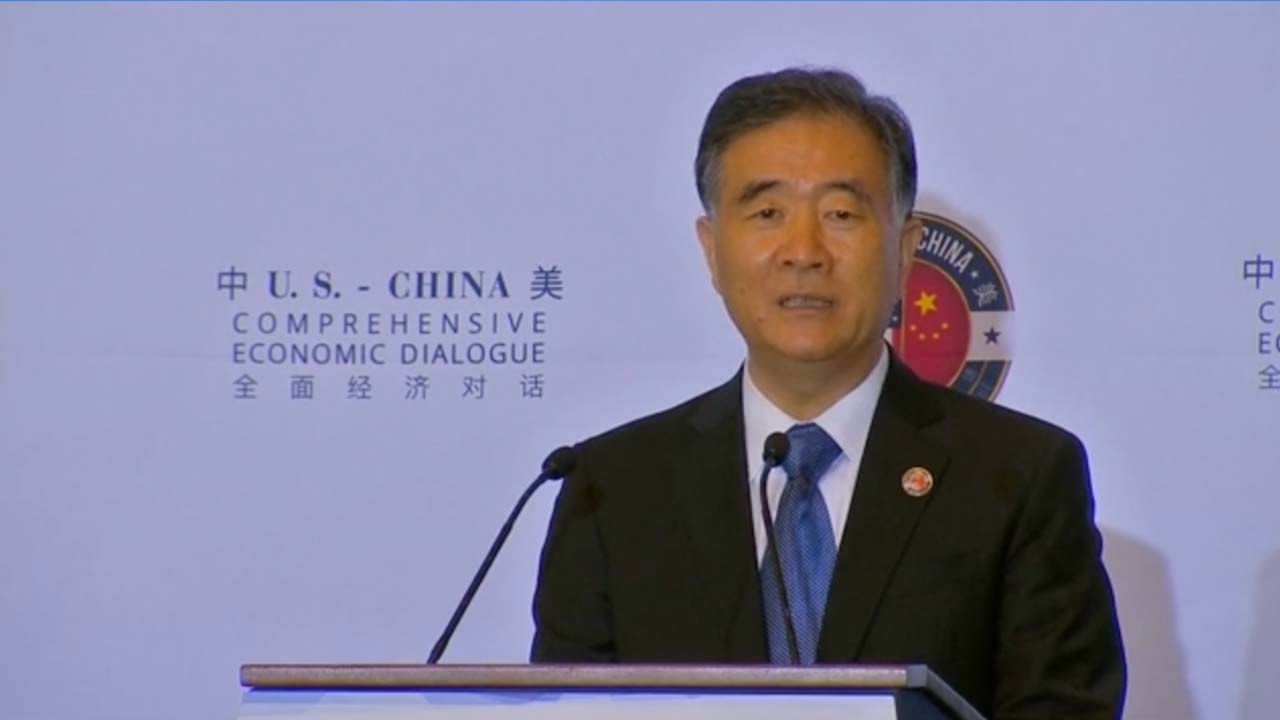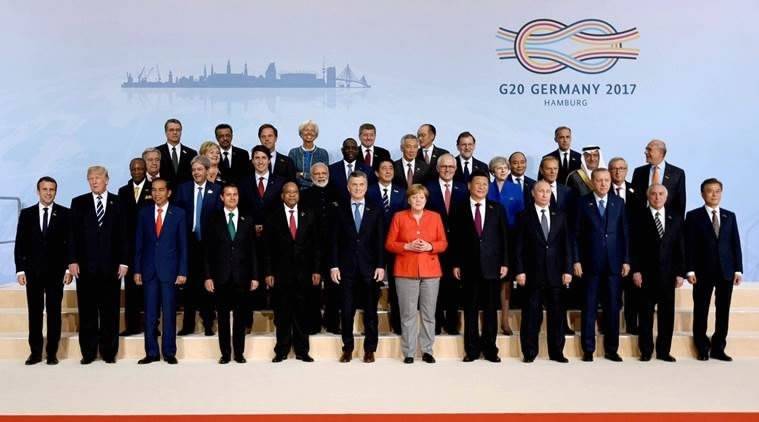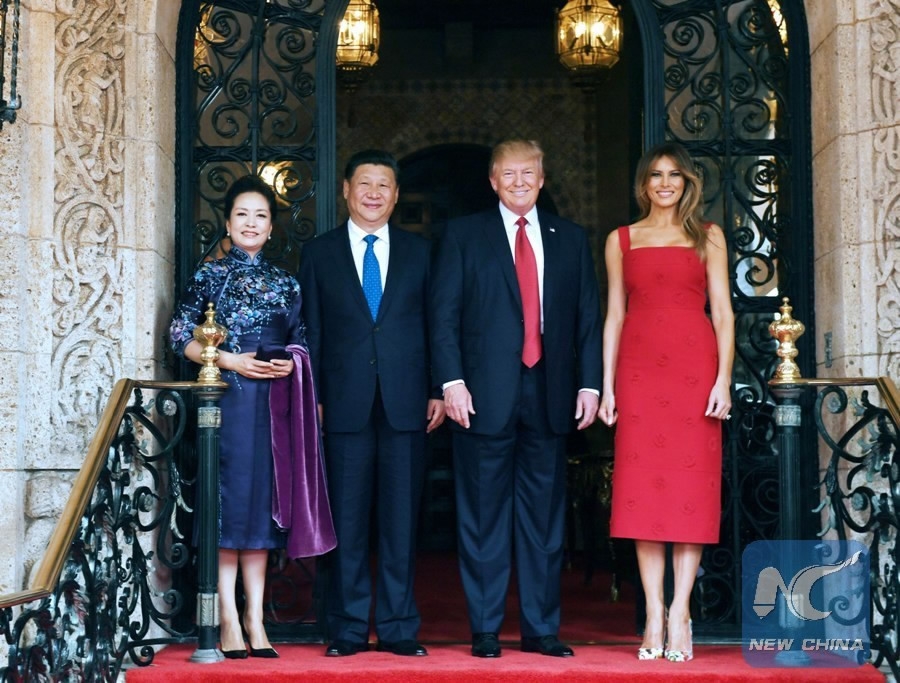
Business
17:13, 26-Jul-2017
Opinion: Economic talks – key to avoid China-US trade war

By Zhao Minghao in Global Times
The first China-US Comprehensive Economic Dialogue (CED) concluded in Washington recently. Many Western commentators noted that it produced no major breakthroughs.
It's overly optimistic, if not naïve, to expect Beijing and Washington could address their economic and trade differences in one sitting. Almost all major powers in the world find it difficult to deal with the Trump government's aggressive global trade policy.
It will take a long time for Beijing and Washington to re-balance their economic relations. During this process, strategic patience is required.

Trump's international economic policy is characterized by economic nationalism.
Taking shrinking the trade deficit as one of its primary goals, the Trump administration targets not only China, but also US allies including Germany, Japan, and South Korea. The US logged a $502.25 billion trade deficit in 2016, and the Trump government has blamed the large trade deficit for declining national strength.
The Trump administration has announced it would withdraw from the Trans-Pacific Partnership (TPP), and vowed to renegotiate the North American Free Trade Agreement and the US-South Korea free trade agreement. It hopes to take full advantage of the US position as the world's biggest economy to reach trade deals that put "America First."
During the 2017 G20 Hamburg Summit earlier this month, the US and other economies held widely divergent views over trade protectionism.

A group photo of G20 leaders at G-20 Summit in Hamburg, Germany. /AFP Photo
A group photo of G20 leaders at G-20 Summit in Hamburg, Germany. /AFP Photo
Germany, with a trade surplus of over 8 percent of GDP, was quite dissatisfied with the US protectionist attitude. Economic and trade conflicts between the US and South Korea were also highlighted during South Korean President Moon Jae-in's recent visit to the US. Japan, in order to resist US economic pressure, hopes to promote the early entry into force of the TPP without the participation of the US.
In view of the tough economic and trade relations between the US and its major allies, it's not difficult to understand why China and the US are facing huge challenges to smooth economic ties. The establishment of the CED is a key step to prevent a trade war between the two countries, which is also of vital importance to maintain global economic stability.
Chinese President Xi Jinping and his US counterpart Donald Trump met for the first time in Florida in April. Both leaders agreed to initiate the CED and announced a 100-day plan to tackle short-term problems. The working teams of both China and the US had months of consultations before the CED was held. The close cooperation is one of CED's deliverables.

Chinese President Xi Jinping (2nd L) and his wife Peng Liyuan (1st L) with US President Donald Trump (2nd R) and his wife Melania Trump in the Mar-a-Lago resort in Florida, the United States, April 6, 2017. /Xinhua Photo
Chinese President Xi Jinping (2nd L) and his wife Peng Liyuan (1st L) with US President Donald Trump (2nd R) and his wife Melania Trump in the Mar-a-Lago resort in Florida, the United States, April 6, 2017. /Xinhua Photo
As an initial result of the 100-day plan, China and the US reached a 10-point consensus in early May, under which China lifted its ban on US beef imports. During the CED, both sides upgraded the 100-day plan into a one-year plan. They decided to carry out deepened cooperation in the fields of macro-economy and finance, trade, investment and global economic governance.
In addition, the two countries made it clear that narrowing the trade deficit is a common goal. China has emphasized on many occasions that it has no intention to deliberately run a trade surplus with the US, for that would be counter to China's supply-side reform.
China's current account surplus fell to less than 1 percent of its GDP in the first half of 2017, while the contribution of consumption to economic growth jumped to 77 percent. China has been endeavoring to transform its export-and-investment-driven economic growth model.
During the CED, both China and the US agreed that the key to solving the trade imbalance is to increase US exports to China. According to research by the Carnegie Endowment for International Peace, if the US were to liberalize its export restrictions against China to the same level as those applicable to Brazil, the US trade deficit with China would narrow by up to 24 percent.

US Treasury Secretary Steven Mnuchin and China's Vice Premier Wang Yang attend the China-US Comprehensive Economic Dialogue in Washington, DC on July 19, 2017. /VCG Photo
US Treasury Secretary Steven Mnuchin and China's Vice Premier Wang Yang attend the China-US Comprehensive Economic Dialogue in Washington, DC on July 19, 2017. /VCG Photo
It's far from enough to solely depend on increasing beef and soybean imports from the US to manage the trade imbalance. The US ban on high-tech exports to China is the major barrier to US exports to China.
The solution to closing the trade deficit hinges on an adjustment to the US domestic economic structure. It's unwise and will not be effective if Trump only expects other countries to decrease exports to his country.
All in all, blindly downplaying the value of the CED is misleading, for that not only disregards the impact the America First agenda has had on major global economies, but also underestimates the achievements China and the US have made to stabilize bilateral trade and economic ties over the past months.
(The author is a research fellow at The Charhar Institute and an adjunct fellow at the Chongyang Institute for Financial Studies at Renmin University of China. The article reflects the author's opinion, not necessarily the view of CGTN.)
Related stories:

SITEMAP
Copyright © 2018 CGTN. Beijing ICP prepared NO.16065310-3
Copyright © 2018 CGTN. Beijing ICP prepared NO.16065310-3